


A Moment of Innocence
A semi-autobiographical account of Makhmalbaf's experience as a teenager when, as a 17-year-old, he stabbed a policeman at a protest rally. Two decades later, he tracks down the policeman he injured in an attempt to make amends.
-
- Cast:
- Mohsen Makhmalbaf , Hana Makhmalbaf


Similar titles

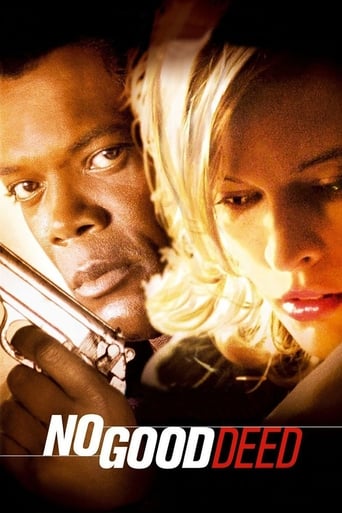
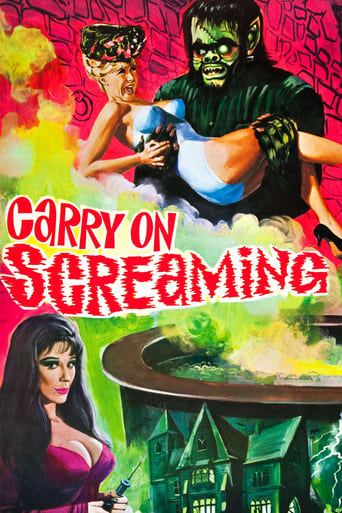
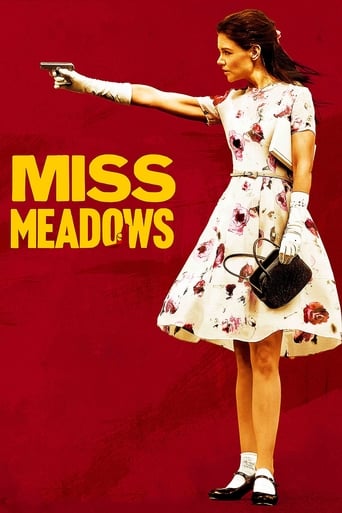

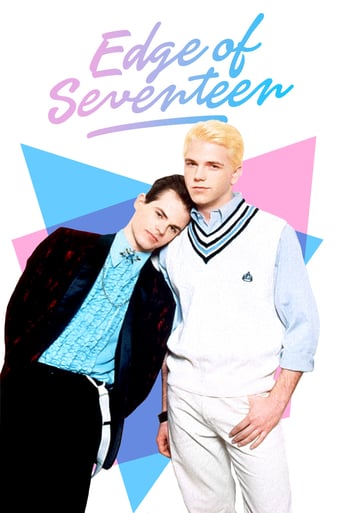

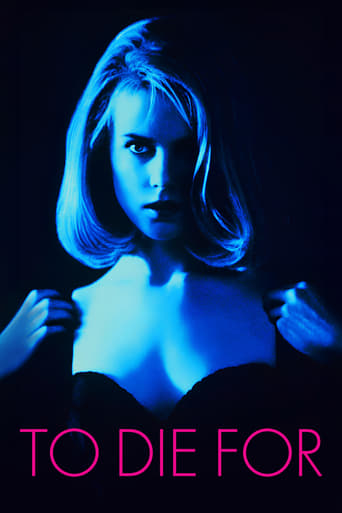
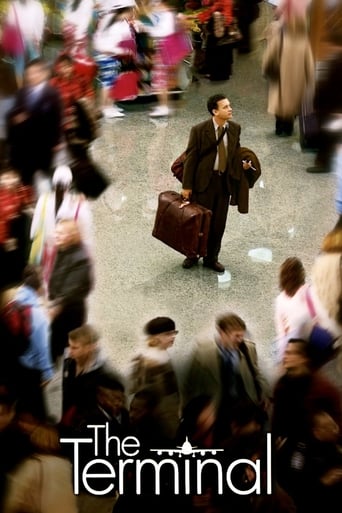
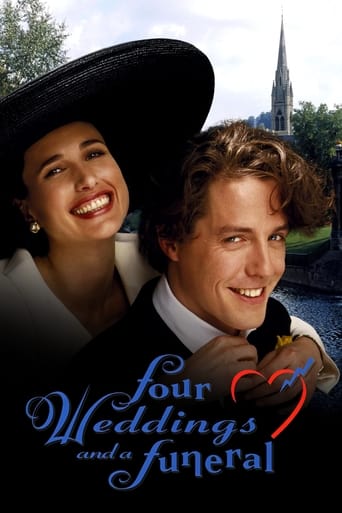
Reviews
Wonderfully offbeat film!
Plot so thin, it passes unnoticed.
Great story, amazing characters, superb action, enthralling cinematography. Yes, this is something I am glad I spent money on.
Close shines in drama with strong language, adult themes.
Though Mohsen Makhmalbaf eventually established a reputation as one of Iran's foremost filmmakers from the late 1980s, his early life was tumultuous: when he was 17, he stabbed a police officer at a protest against the Shah's regime and spent the next four years in prison, only being released after the Shah's overthrow. His 1996 film NUN VA GULDOON ("Bread and Flowerpot", released in the English-speaking world as "A Moment of Innocence") looks back at this episode from his youth, attempting to jointly evoke both the red-hot passion against political injustice of a young man and his older, wiser understanding that such clumsy violence was hardly a productive way to solve the world's problems.The result is intricately constructed as a film-within-a-film. As it opens, we see the now 40-year-old policeman (Mirhadi Tayebi) visiting Tehran to ask Makhmalbaf for a part in one of his films to make up for the stabbing two decades before. Makhmalbaf, playing himself, decides to make a film loosely based on the stabbing. He chooses a young man (Ali Bakhsi) to play his younger self, and he then asks the policeman to choose an actor as the young version of himself. The policeman, who has a thuggish look and is bitter about never being offered parts in films besides villain ones, chooses a handsome guy to represent himself, but he is then overruled by the filmmaker who chooses a much more boyish-looking and vulnerable young man (Ammar Tafti), emphasizing just how young both Makhmalbaf and the policemen were at the time. This layer of NUN VA GULDOON broadly pokes fun at what Makhmalbaf's life had become after his rise to fame in Iran, having to endlessly deal with ordinary people who fancied themselves actors and were desperate to appear on screen. Much of this part of the film was shot concurrently with his effort SALAAM CINEMA, which is entirely about the film casting process.Makhmalbaf and the policemen begin coaching the actors playing their younger selves and we see those young people beginning to act their roles, as well as a young lady (Maryam Mohamadamini) playing a girl that the policeman was in love with at the time. In a magical realist fashion, the layers of the film shift in the middle of scenes: one moment we are watching actors play roles, the next moment it is as if the viewer is really seeing what happened in the mid-1970s. It is this magical intertwining of past and present that made NUN VA GULDOON such a powerful experience for me. The ending, which has been fairly praised as "the greatest freeze-frame since Truffaut's LES 400 COUPS", is just as much a work of art in itself as any still from a Tarkovsky film.Except for Makhmalbaf himself and Moharram Zaynalzadeh in a supporting role as his cameraman, none of the people in the film were trained actors. With Mirhadi Tayebi as the policeman, this is a weak part of the film: he delivers his lines in a stilted way and it is hard to suspend disbelief. With the others, however, Makhmalbaf made a smart choice, as Ammar Tafti and Ali Bakhsi are convincing in their roles, but there is still a youthful awkwardness and authenticity about them that would might have been lost if they were professionals. Most dazzling of all, however, is Maryam Mohamadamini as the love interest. She's a magnetic screen presence, and as the film leads to its incredible ending, she deftly conveys so much of the suspense and drama through gestures alone. It's a huge loss to cinema that she apparently never acted again.In spite of the film's limitations in terms of some of the acting and the limited resources Makhmalbaf had to work with when making the film, I found NUN VA GULDOON a moving film and that last freeze-frame literally breathtaking. I'd recommend this to any lover of cinema.
As if fellow Iranian director Kiarostami's exemplary intertwining of fact and fiction of a Makhmalbaf real-life story in "Close-Up" weren't enough, Makhmalbaf himself ups the ante of creative filmmaking a few years later: Focus is a moment in his young idealistic life where he stabbed a guard during the Iranian revolution, resulting in several years of jail time for him before he eventually emerged as one of the leading Iranian filmmakers. But it's not just an autobiographical detail he wants to shed light on, Makhmalbaf films a documentary on top of a pseudo-documentary (or is it the other way round?), it's a heavily symbolic re-interpretation of what happened, why and how, a look into an aspect of reality. In the process a transcendence of the actual situation ensues with an almost mythical truth buried in the film's final scene. Makhmalbaf accomplishes the feat by re-enacting said moment with no other than the actual stabbed guard (now out of money), who coaches a young actor to play himself - while the former guard is being filmed by the director doing so. Simultaneously to that Makhmalbaf casts actors meant to portray his own perspective of the events, not without revealing insights, and the whole effort culminates in the filming of that crucial stabbing scene: Welcome to a film in a film, a reality in a reality, a blending of fact and fiction in a most fruitful and enlightening way, social, historical and political commentary included. How much of what ended up on screen was actually planned, is for the viewer to decide, but if you're looking for creative minds Makhmalbaf's use of the medium will keep you enthralled throughout."Excuse me, what time is it?" we hear Makhmalbaf's accomplice ask the guard at the end of the film, the air pregnant with suspenseful anticipation of what is going to happen. So, what time is it? It's two decades after the original incident and an Iranian filmmaker has just delivered his masterpiece. And when the moment arrives the picture freezes, saving a moment in time for eternity that could only happen on film. But in a way, it's all real.
Despite its technical flaws here and there, due to the (in)capabilities under which Iran filmmakers have to work -as I'm told-, it would not be an exaggeration to name this film one of the best of all times.While reflecting or hinting at several 'layers' of personal and social conflicts and dilemmas roaming the daily lives of the youth and eld, native and universal, of the present and the past as well with a striking and effective language; at the same time it makes the viewer laugh one's guts out with the natural and fluent comedy. I daresay Chaplin style.(Spoiler ahead) Aside from the magnificent bread and flower moment at the end, one of the best scenes is when the girl rushes into a watch repairer's shop filled up with hundreds of watches and clocks, asks the time and is answered "I don't know, these are all broken, we repair them here!" (Paraphrased.)Don't miss it.
The Iranian cinema is perhaps the most self-reflexive of all national cinemas. Though it owes much to the development of Italian neo-realism, the Iranian cinema today is not just an extension of its predecessor's concerns about cinematic truth but a formal inquiry of the nature of cinema and the "truth" that lies within and outside of art. Jacques Rivette's groundbreaking "L'amour fou" already sets the stage in 1968 when he investigated the symbiotic relationship betwen art and life by using two different film stocks, 16 and 35 mm., to represent "reality" as it unfolds in front and behind the camera respectively.In Moshen Makhmalbaf's 1996 masterpiece "A Moment of Innocence" twenty years separates a key moment in time and the recreation of it. The incident occurred when Makhmalbaf was only a youth who participated in an anti-Shah demonstration which led to the stabbing of a policeman and his imprisonment for the next five years. In an attempt to recapture this moment Makhmalbaf decides to a make a film within a film casting all the original participants (including the policeman) to play themselves as mentors to their younger selves, (i.e., actors) guiding and instructing them in the making of this "fictional" documentary.It is not surprising that non-professional actors are employed here to both maintain a semblance of reality and to keep cinematic distortion at bay. But paradoxically, the young non-professional actors chosen to play Makhmalbaf and the policeman of their youth are as similar as they are dissimilar from their counterparts, thus, setting the stage for exploring the many tensions that exist between past and present, art and life, cinema and reality. This type of casting not only blurs the line between fiction and reality but also the distinction between documentary and narrative filmmaking.The preoccupation with the phenomenological aspects of the cinema is as much the focus of this work as is the dramatization of the event leading up to the pivotal moment, then and now, reconstructed as a memory film as well as a product of the filmmaker's imagination to help correct an incident that only becomes clear to everyone involved after twenty years have elapsed. This celebrated moment which occurs at the end of film effectively captures the past by placing it in the present context much as if past and present suddenly converge and share the same space and time, thereby allowing us to see loss and recovery unfold simultaneously. That lost moment is now regained twenty years later through art's ability to heal and transform Makhmalbaf and his crew--thus altering the "reality" of life. The final shot is both life-affirming and referential because it so eloquently evokes the cinema's first prominent use of the freeze frame in Truffaut's "400 Blows"--if only to remind us just how far the cinema has come along. Like Truffaut's autobiographical based character Antoine Doinel the cinema has indeed grown up.
